UX Case Study: A Mobile App to Solve Lost Item Issues for University Students
 Prabhath Rathnayaka
Prabhath Rathnayaka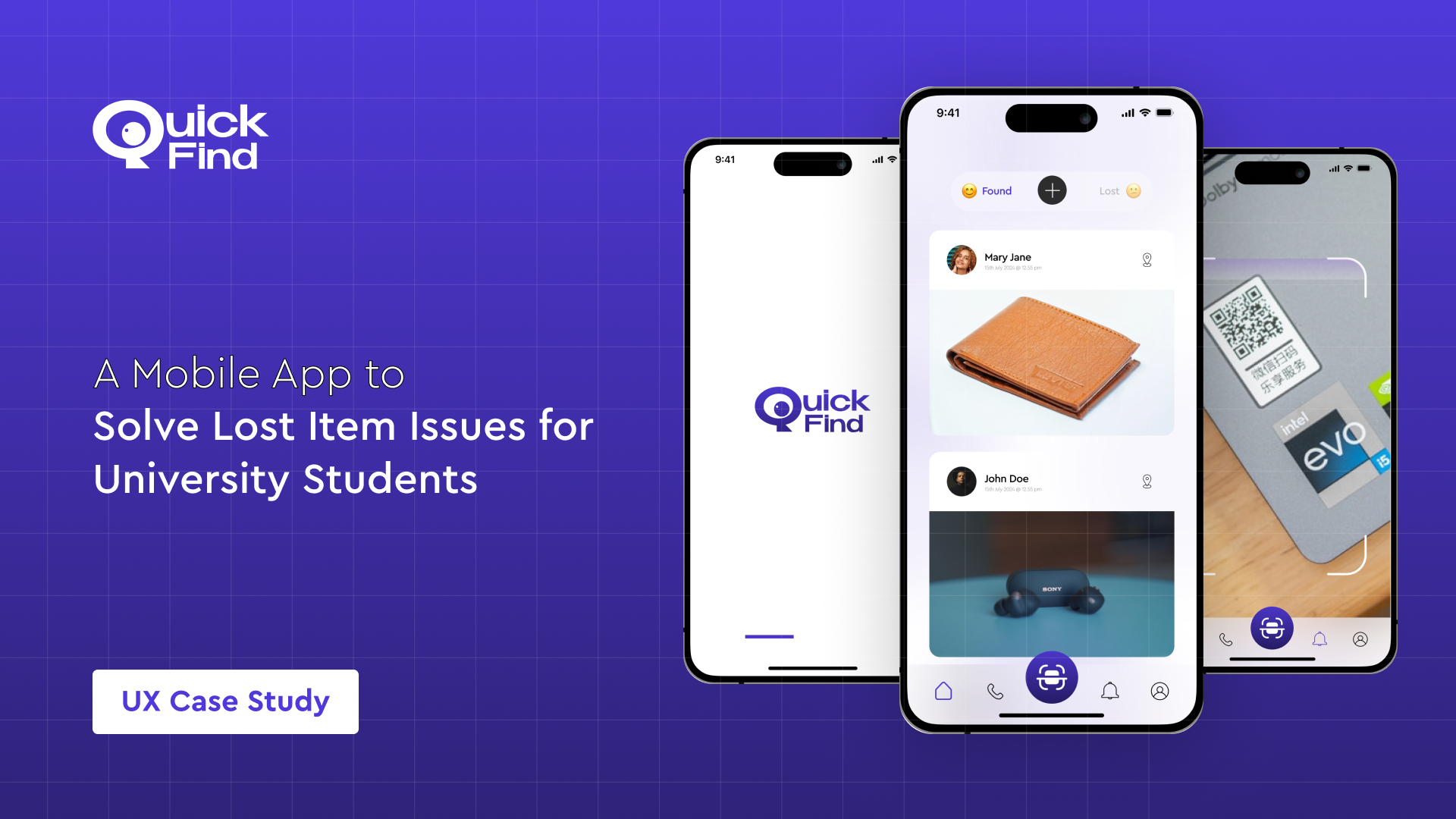
🚀 Overview
In this case study, we explore the development of a mobile app designed to help university students find lost items on campus. Our goal was to create a user-friendly solution that addresses the stress and inconvenience students face when they lose personal belongings. By conducting user research, developing a prototype, and gathering feedback, we aimed to create an efficient system for reporting, locating, and recovering lost items. This case study documents our design process, key findings, and the impact of our solution on enhancing students’ campus experience.
🚩 Problem Statement
University students, who live in hostels, frequently lose personal belongings such as wallets, electronics, and books on campus. The existing support from campus security needs to be improved, leading to significant stress and prolonged time spent searching for lost items. This situation disrupts their academic and personal lives, causing frustration and anxiety. There is a clear need for a more effective and reliable way to help students manage and recover their lost belongings.
🔬 User Research
Research Process:
To understand the problem of lost items among university students, we conducted user research using a survey. We targeted hostel students to gain insights into their experiences and challenges. The research aimed to identify common items lost the effectiveness of current support systems, and the time spent searching for lost items.
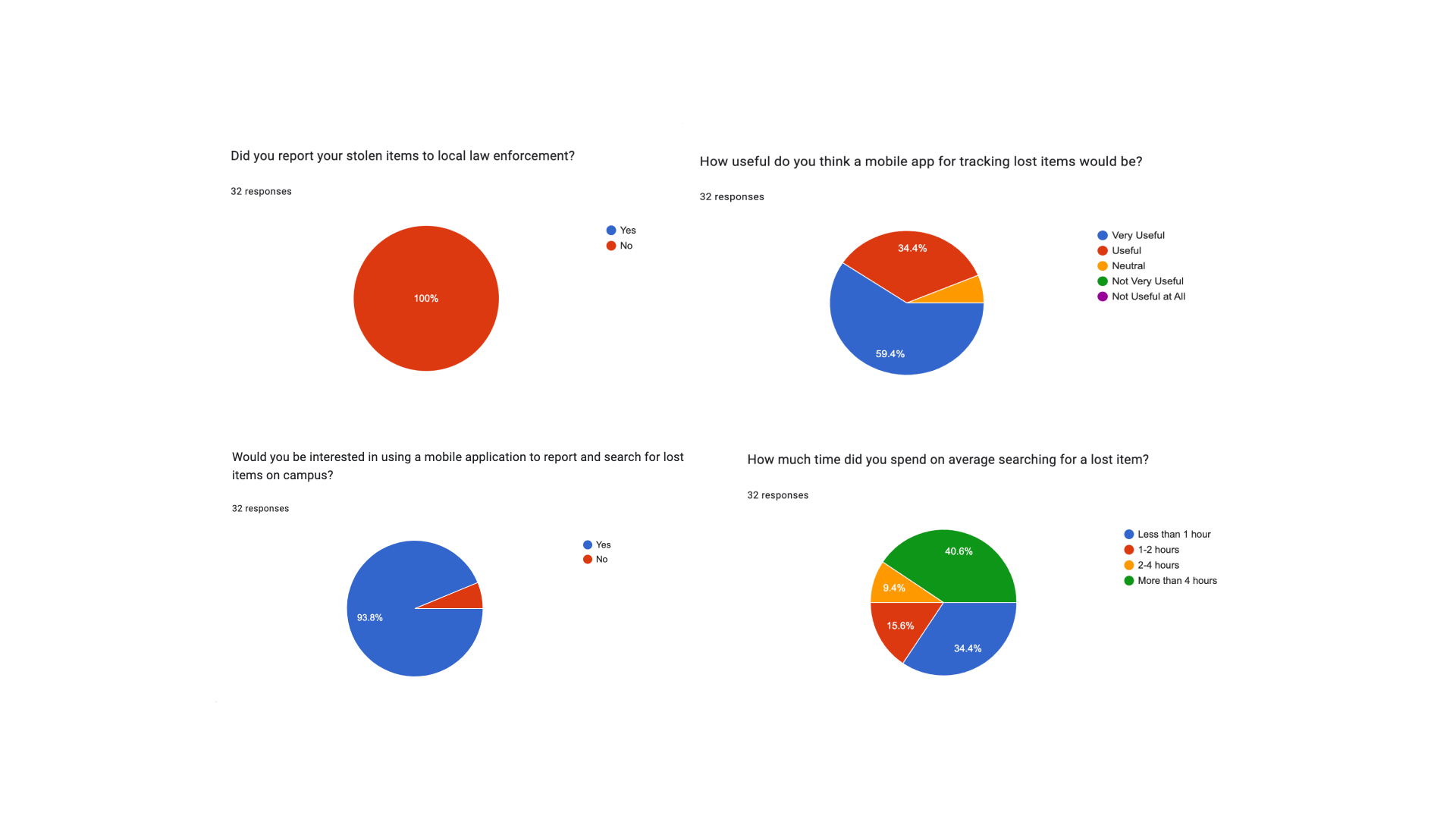
Common Items Lost: Wallets, money, umbrellas, smartwatches, clothes, electronics, and more.
Support from Campus Security: Mixed feedback; many were neutral or dissatisfied.
Time Spent Searching: Most students spend over 4 hours searching for lost items.
Interest in App: All participants were interested in a mobile app to help find lost items.
👨 Persona
We categorized the persona into three main segments to understand the different aspects of the user experience. These personas highlight the diverse needs, goals, and challenges faced by students like Amila Danushka, offering valuable insights for designing solutions that address their specific issues with lost items on campus. This approach helps in creating a tailored solution to improve their overall experience and manage lost belongings effectively.
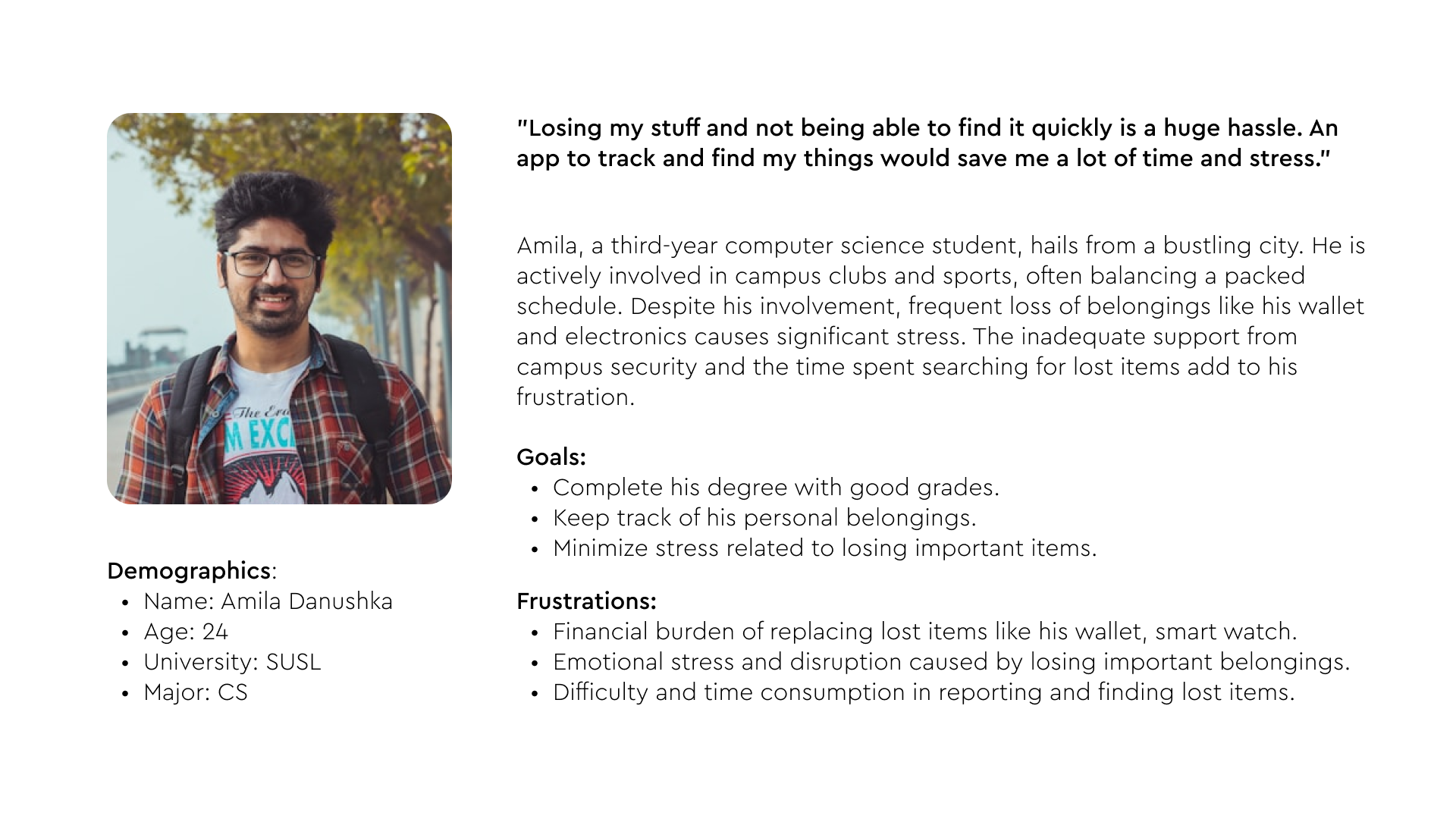
🚶♂️User Journey Map
Here’s a user journey map for Amila Danushka, a 24-year-old Computer Science student at SUSL, detailing his experience of losing and finding his wallet on campus.
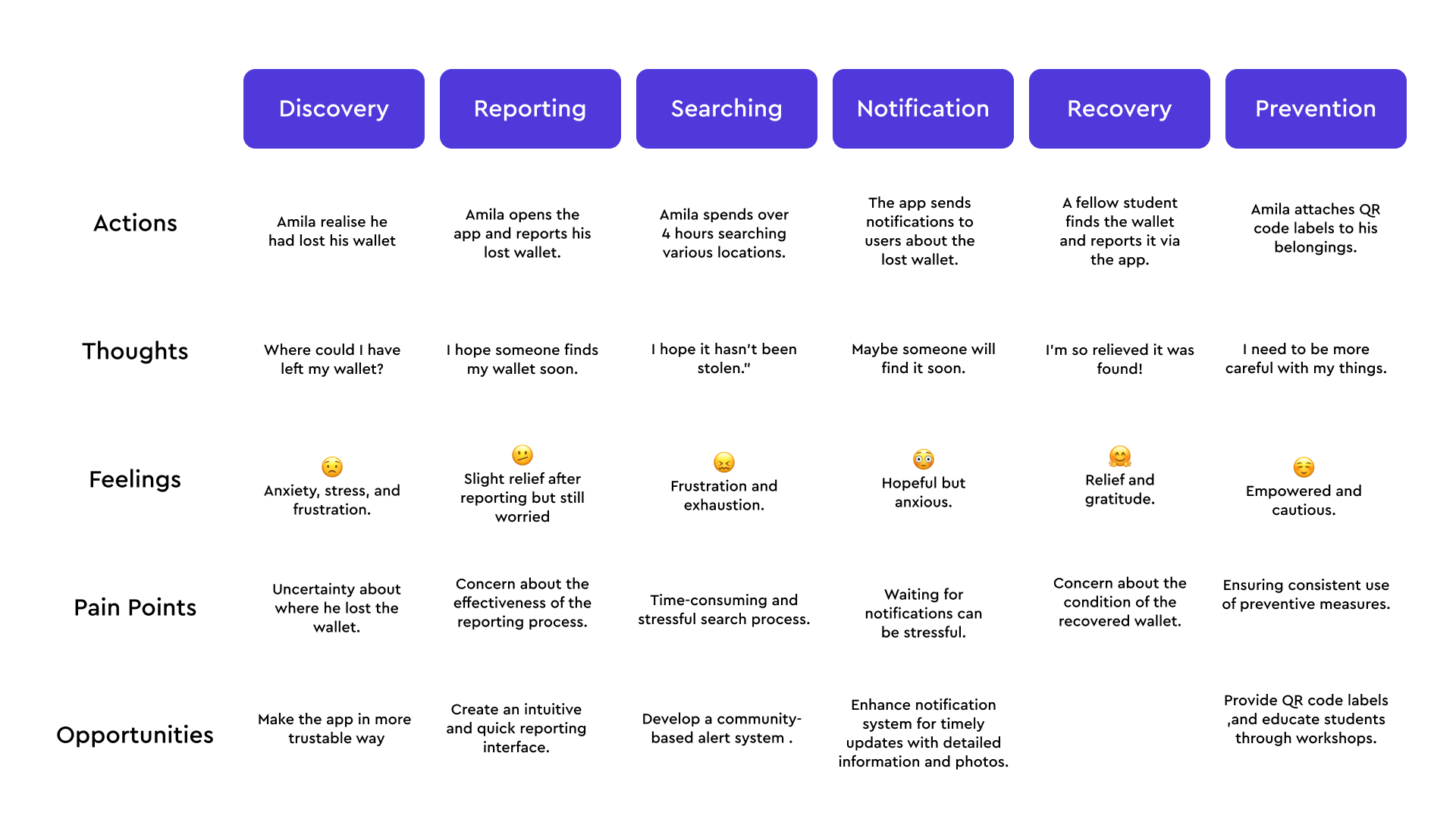
🧠 Brainstormed Solutions
Community-Based Alert System:
- Create a platform for students to report and receive real-time alerts about lost and found items.
Enhanced Notification System:
- Implement a system providing timely updates with detailed information and photos of found items.
QR Code Labels:
- Distribute QR code labels for students to attach to personal items for easy identification.
Report to Local Law Enforcement:
- Encourage students to report stolen items to local law enforcement for better handling and recovery.
🔗 User Flow Diagram
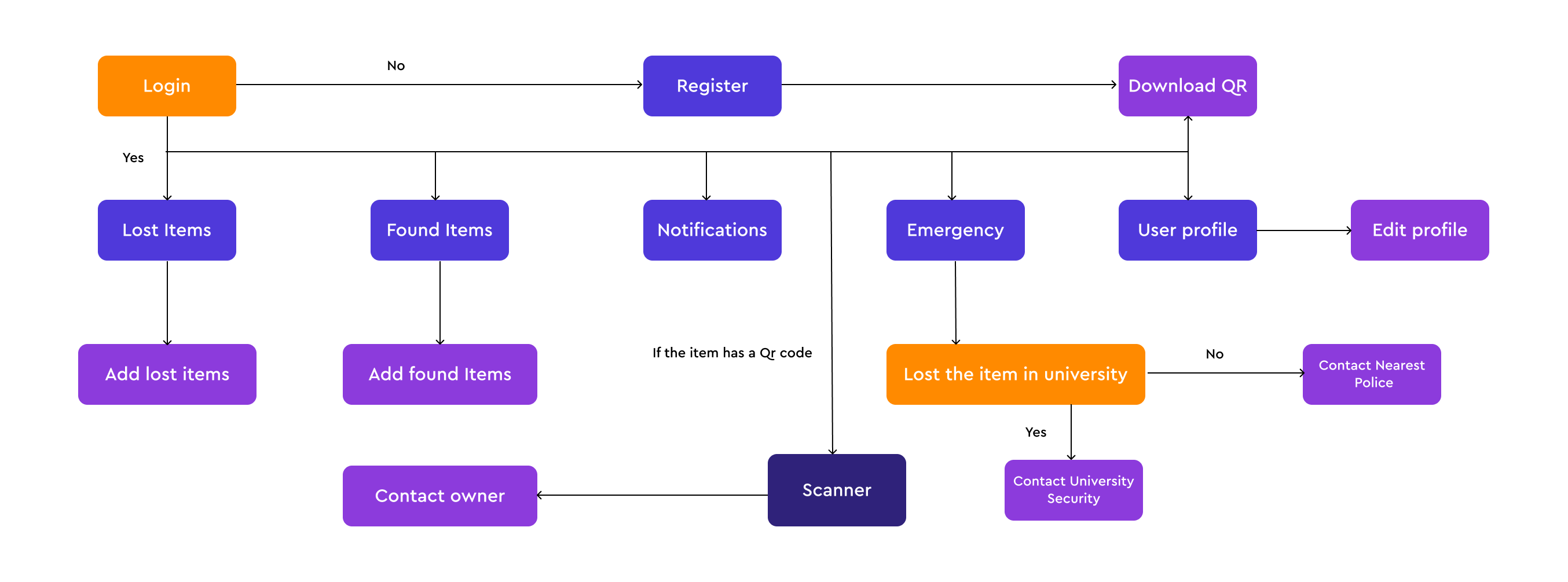
✏️ Wireframes
Here are some wireframes we created to sketch out the solution.

🎨 Exploring the Solutions
Here are the solutions proposed in our case study. These solutions are designed to address the challenges students face with lost items. Discover how these ideas can improve the user experience and help students manage and recover their belongings more effectively.
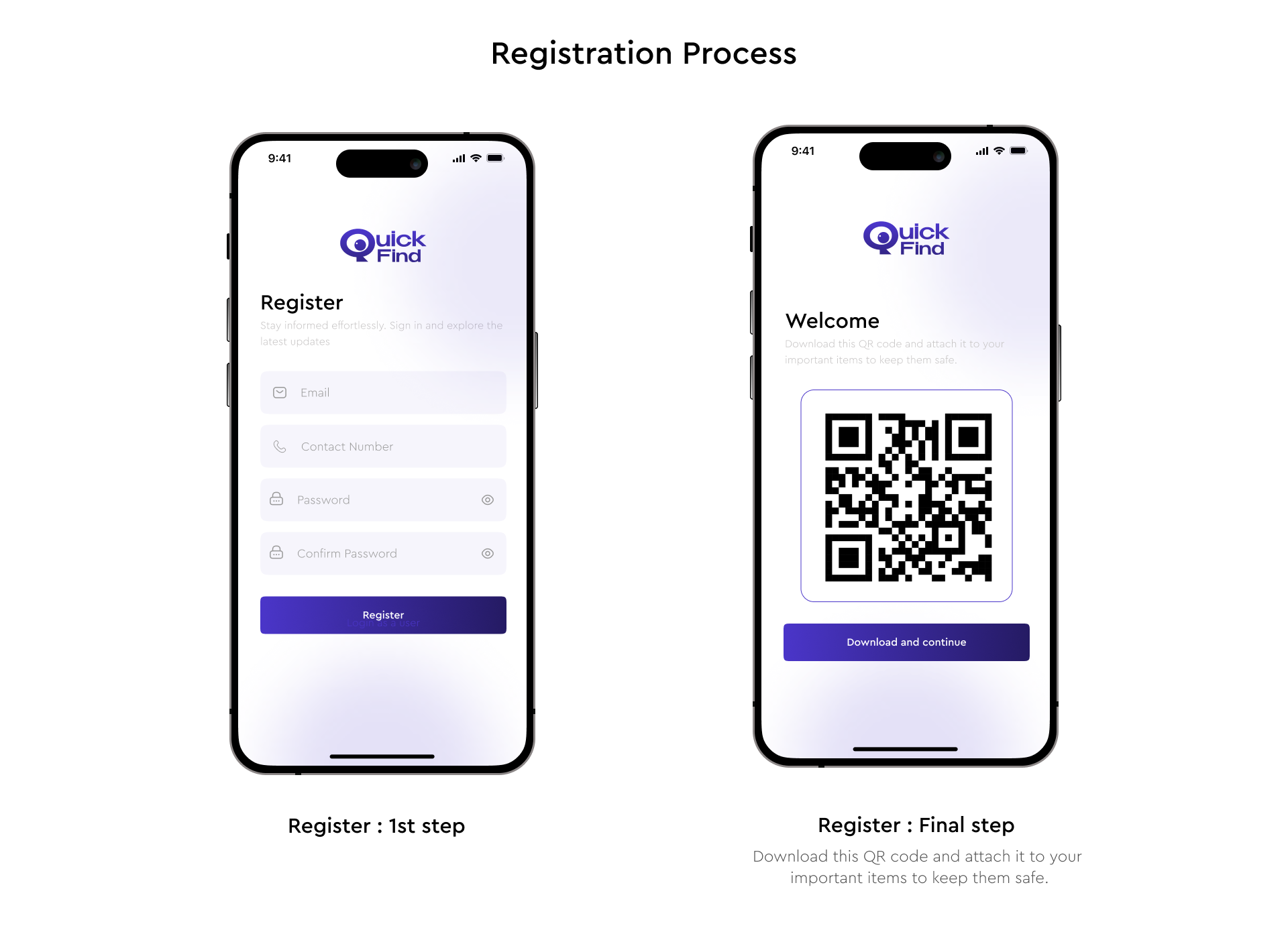
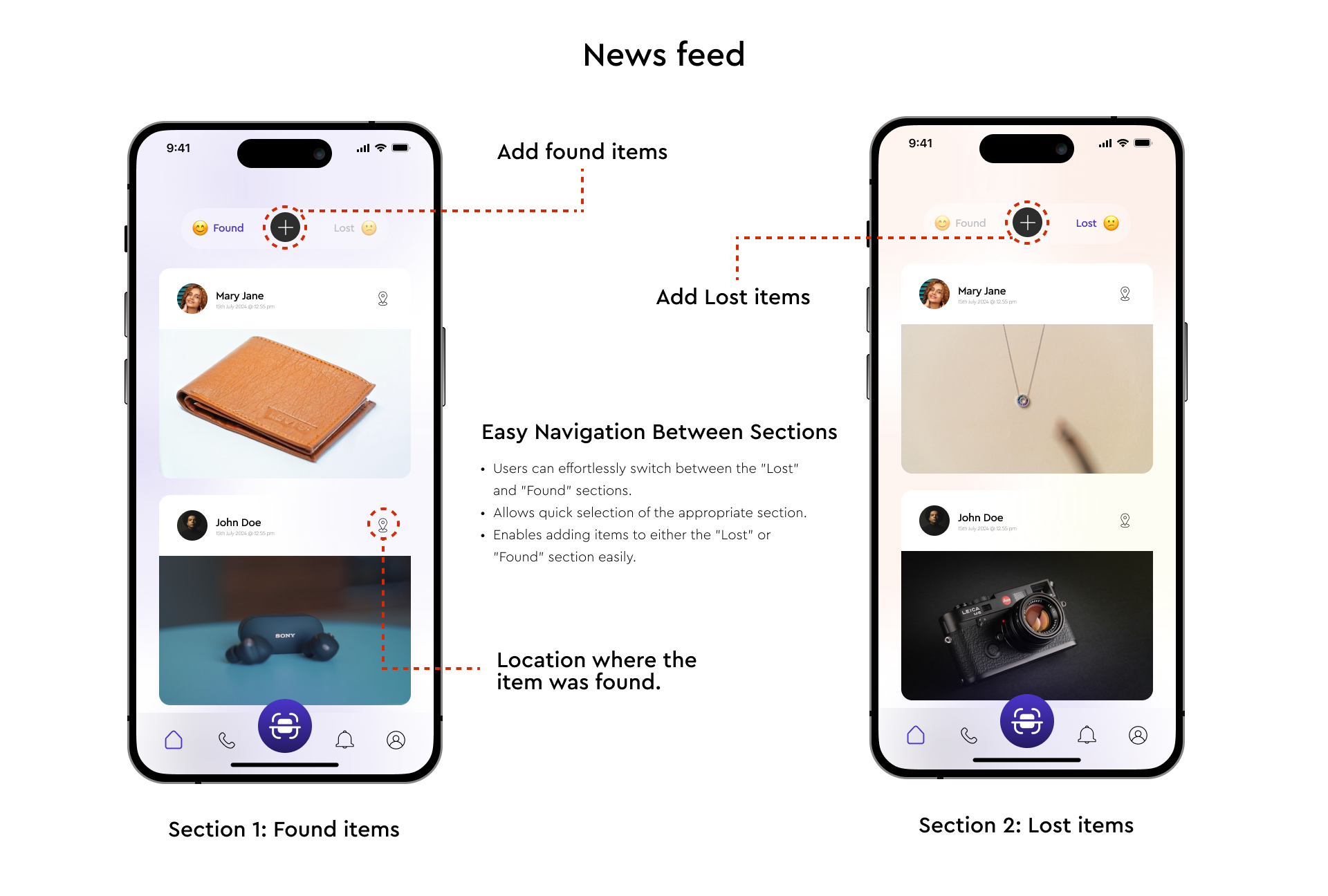
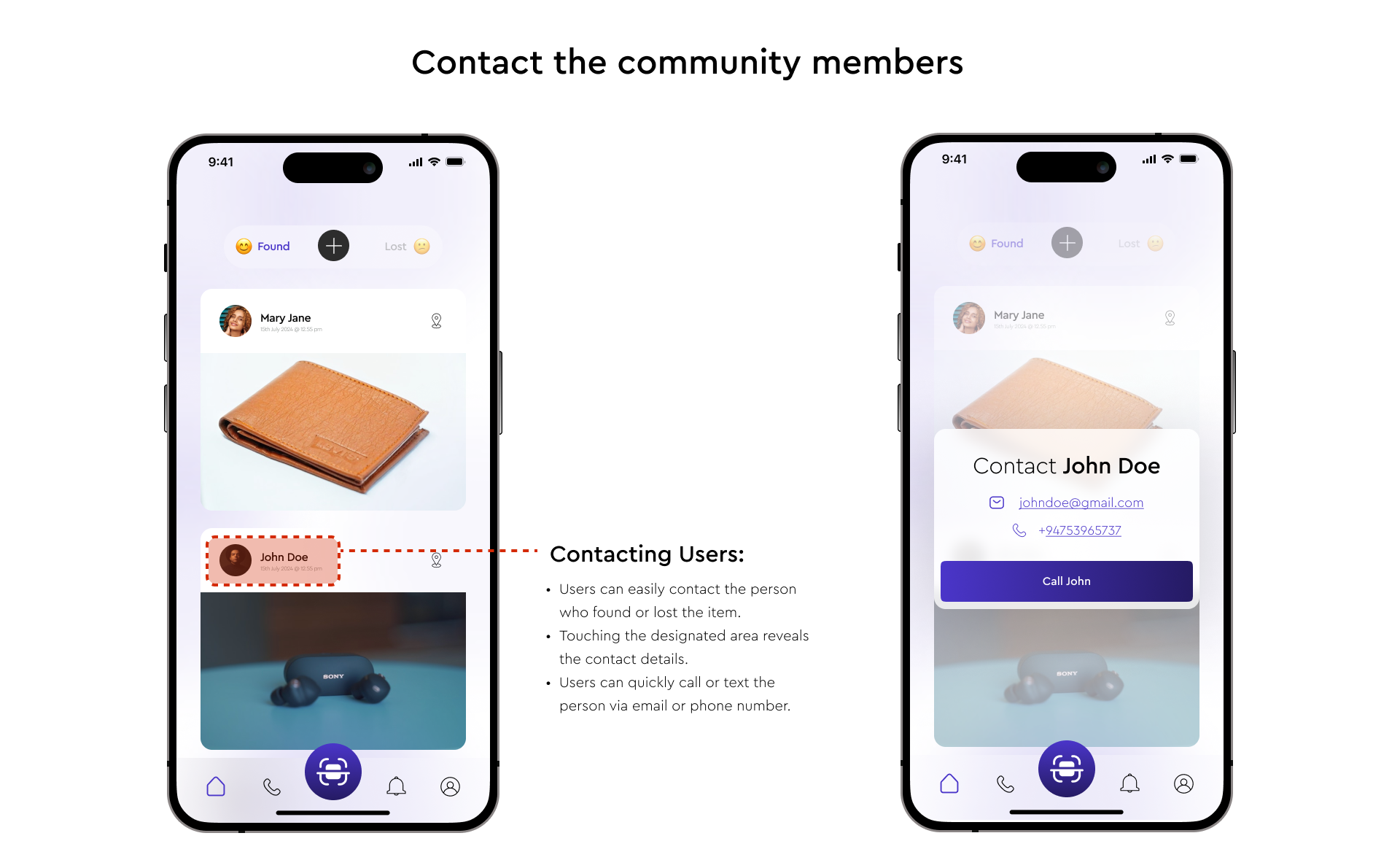
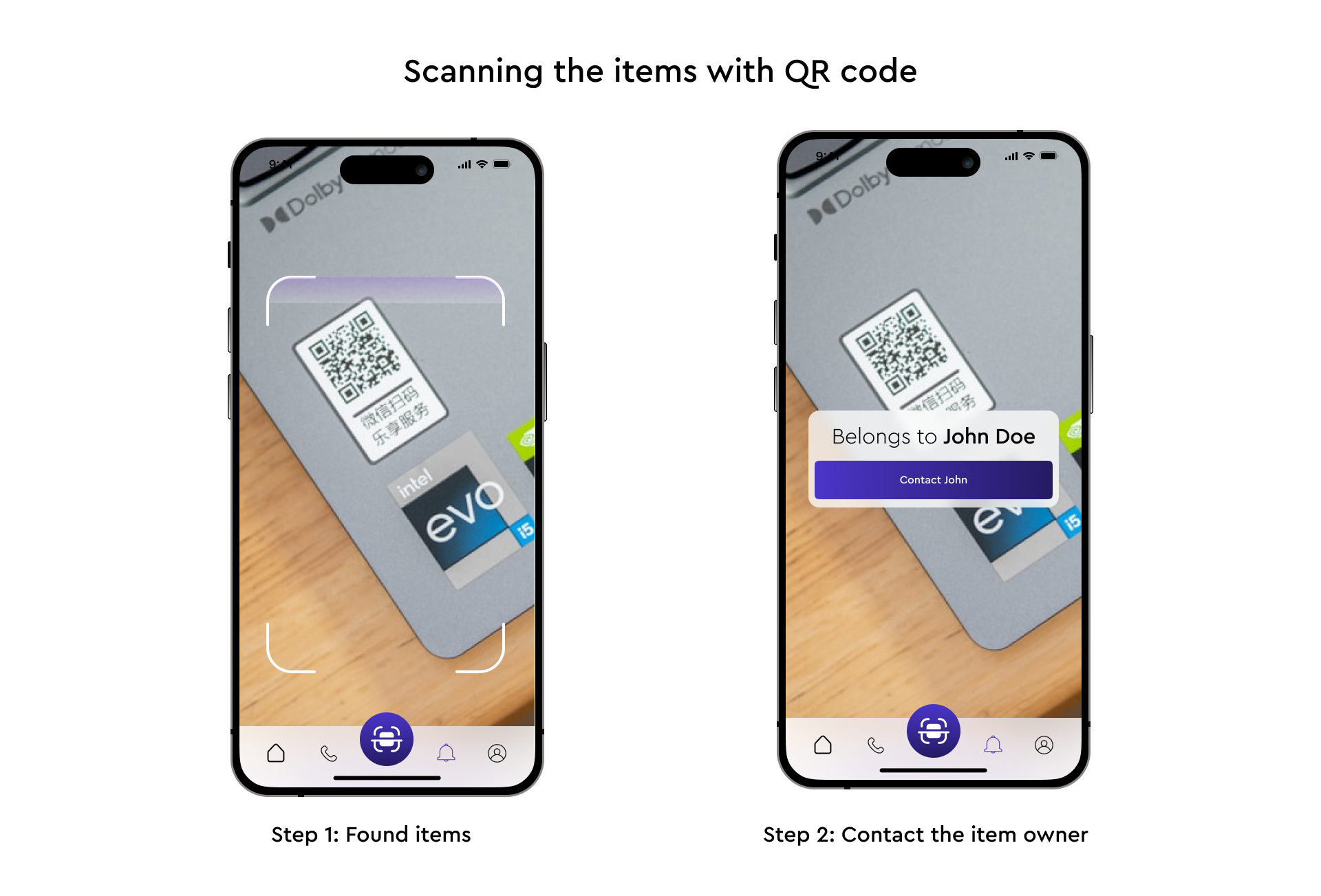
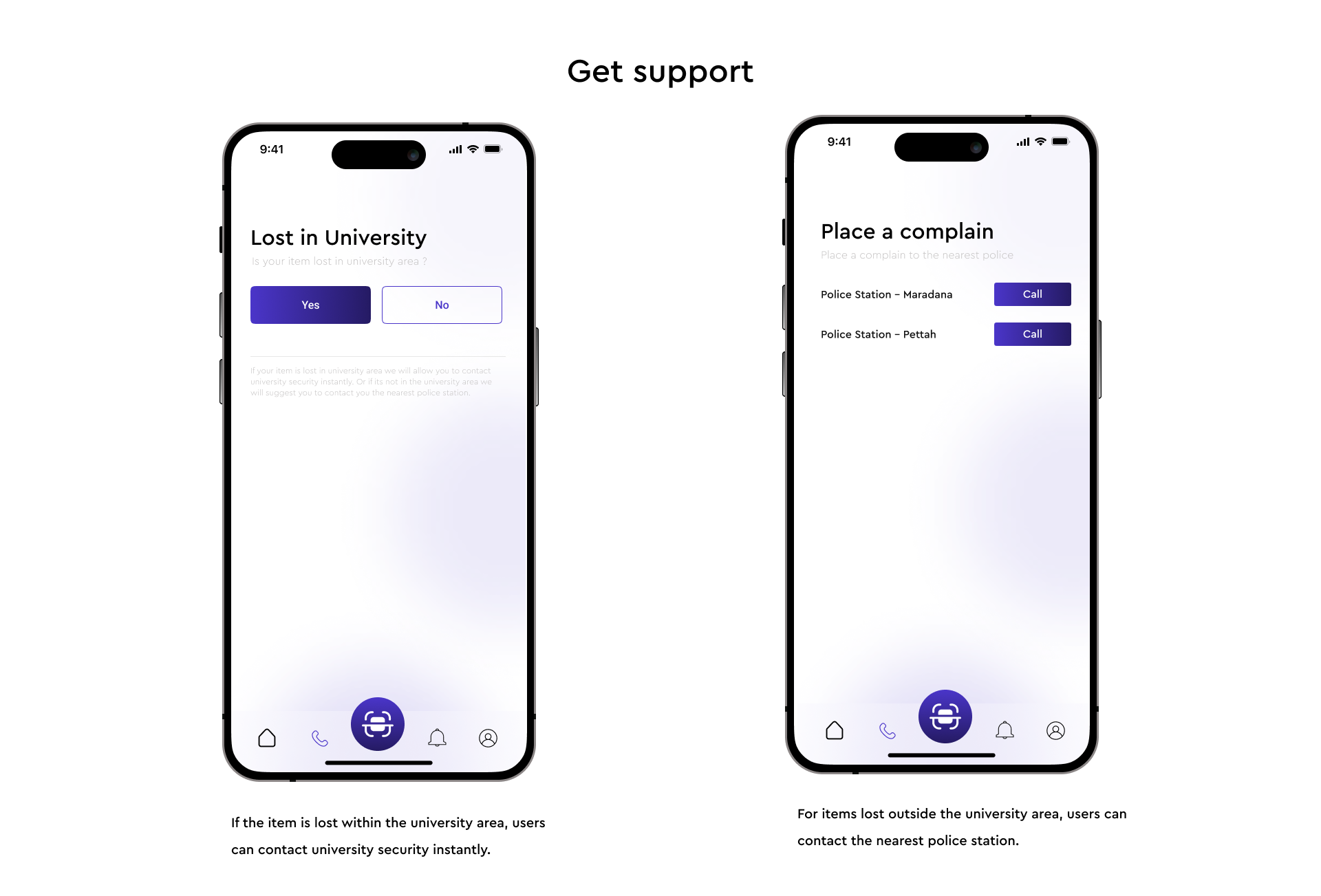
📊 Solution Testing
To ensure our solution effectively addresses the problem, we conducted testing using the tool Maze. During this phase, we gathered valuable user feedback on our prototype.
Key Changes Based on Feedback:
Contacting Users: Improved the process of contacting users who found or lost items for easier communication.
News Feed: Streamlined the experience by integrating the ability to switch between “Lost” and “Found” sections within a single feed.
Adding Location: Enhanced the location feature to make it easier to specify where items were lost or found.
💡 Conclusion
This project has demonstrated the effectiveness of applying design thinking and project management skills to solve real-world problems. Our app addresses the issue of lost items for university students by incorporating user feedback and iterative design.
Learnings:
User-Centric Design: Emphasized the importance of user feedback in refining app features.
Effective Prototyping: Utilized tools like Maze for testing and improving prototypes based on user interactions.
Project Management: Managed the project lifecycle from ideation to testing, ensuring timely and effective results.
Design Thinking: Applied design thinking principles to develop practical solutions tailored to user needs.
By addressing user needs and continuously improving the solution, we have created an app that significantly enhances the process of managing and recovering lost items on campus. This project has provided valuable experience in both design and project management.
Thank you for reading! 😊
Subscribe to my newsletter
Read articles from Prabhath Rathnayaka directly inside your inbox. Subscribe to the newsletter, and don't miss out.
Written by

Prabhath Rathnayaka
Prabhath Rathnayaka
I'm a passionate UX & UI Designer, who loves creating intuitive and engaging user experiences.